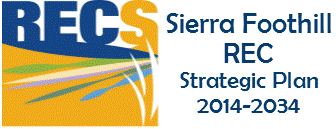Effect of eye patches on healing time of ulcers and weight gain in pasture beef
Principal Investigator: Gabriele Maier
Bovine keratoconjunctivitis, aka pinkeye, continues to be one of the most important diseases affecting grazing cattle.
The disease is characterized by conjunctivitis and corneal ulcers. Affected animals display tearing and squinting, signs that are commonly associated with pain or discomfort.
Apart from the welfare issues that come with the disease, IBK also represents an economic burden due to reduced body weights, plus the cost of antibiotic treatments and additional labor for treatment of cases. The face fly is considered a fomite responsible for the spread of bacterial species between cattle. Ultraviolet light, dust and plant awns are considered additional risk factors. Many different antibiotics appear to be effective for the treatment of IBK.
However, over the recent years, there has been increasing concern that the continued use of antimicrobials in food producing animals may lead to resistance of bacterial pathogens to antimicrobials in animals or people.
Eye patches could serve the dual purpose of relieving the eye from exposure to ultraviolet light, relaxing the iris as well as shielding the eye from access to face flies, which could reduce the spread of the infection to herd mates. In addition, shielding the eye from light may offer relief to an affected animal and lead to increased weight gain because the animal is more likely to continue grazing.
This project is attempting to quantify the effect of eye patches in the treatment of pinkeye in grazing cattle on ulcer size, time to healing and weight gain.





